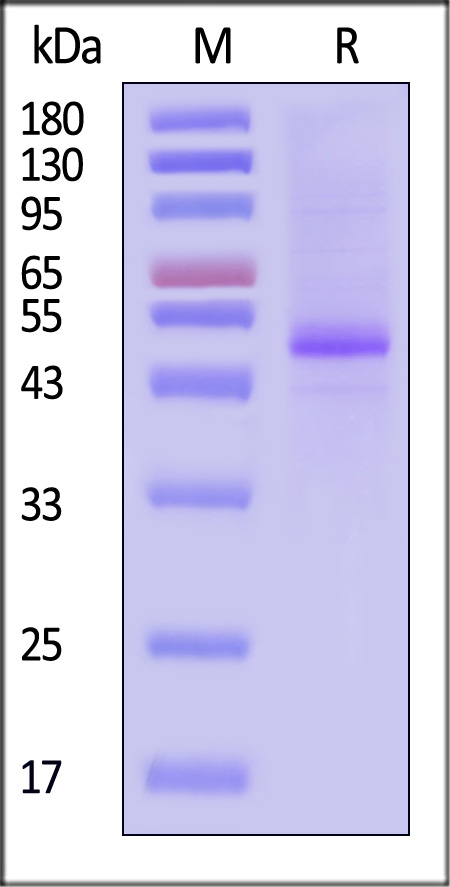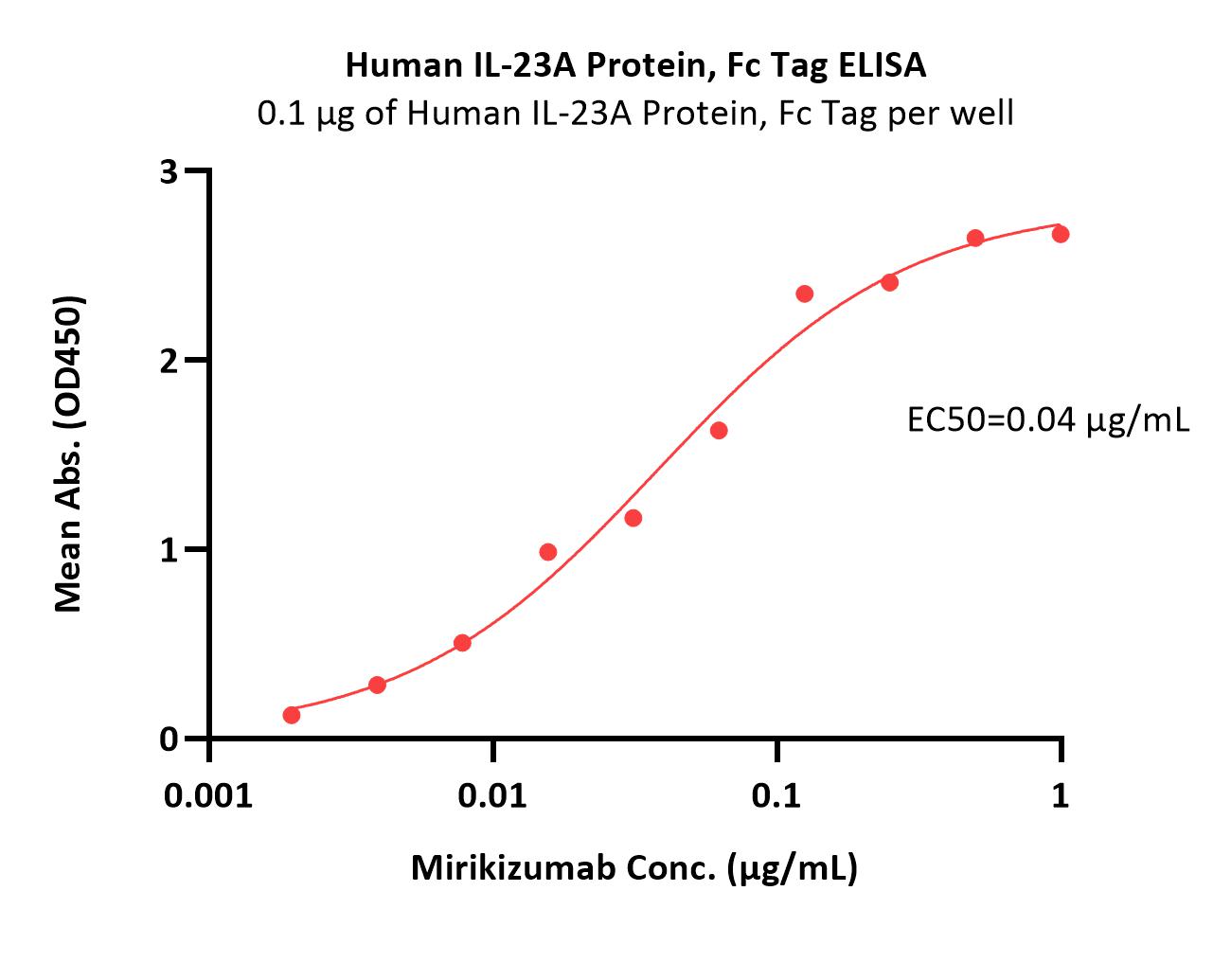Hyperuricemia Exacerbates Psoriatic Inflammation by Inducing M1 Macrophage Activation and Th1 Cell DifferentiationWei, He, Wu
et alExp Dermatol (2025) 34 (3), e70090
Abstract: A higher prevalence of hyperuricemia is observed in psoriasis, yet the precise involvement of hyperuricemia in psoriasis remains unclear. Therefore, we investigated the relationship between hyperuricemia and psoriasis, as well as the potential mechanisms through which hyperuricemia may promote psoriatic inflammation. Firstly, a literature review on psoriasis and serum uric acid (SUA) levels and a retrospective analysis on PASI scores and SUA of 147 psoriasis patients at the Dermatology Hospital of Southern Medical University were performed. Then mouse models of hyperuricemia and psoriasis were established to assess the impact of hyperuricemia on psoriasis. Finally, assays examined monosodium urate (MSU) on macrophage M1 polarisation, Th1 differentiation and expressions of NLRP3 and ASC. The literature review indicated inconsistent SUA-psoriasis links; however, our clinical data indicated a positive correlation between PASI scores and SUA. Mouse model results indicated that hyperuricemia exacerbated psoriatic lesions and upregulated the transcription of inflammatory cytokines (IL-17A, IL-17F, IL-23A, IL-8, TNF-α and IL-1β) in skin lesions, effects which were reversed with allopurinol treatment. GO-BP, KEGG and GSEA enrichment analyses of RNA-seq data from mice skin lesions and spleens revealed increased enrichment of Toll-like receptor pathways, TNF-α signalling pathways and innate immune cell migration pathways. CIBERSORTx analysis showed increased M1 cell infiltration in skin lesions and Th1 differentiation in splenic lymphocytes under hyperuricemic conditions. In vitro, MSU enhanced IMQ or LPS-induced macrophage M1 polarisation and Th1 differentiation when co-cultured with M1 cells, which depends on TLR4 expression. In conclusion, hyperuricemia may exacerbate psoriasis by promoting macrophage M1 polarisation, increasing Th1 differentiation and psoriatic inflammation.© 2025 John Wiley & Sons A/S. Published by John Wiley & Sons Ltd.
KB-0118, A novel BET bromodomain inhibitor, suppresses Th17-mediated inflammation in inflammatory bowel diseaseJeong, Ok, Kwon
et alBiomed Pharmacother (2025) 185, 117933
Abstract: Inflammatory bowel disease (IBD) presents complex pathologies and remains challenging to treat, highlighting the urgent need for innovative therapeutics. This study evaluates KB-0118, a novel BET bromodomain inhibitor targeting BRD4, for its immunomodulatory effects in IBD. KB-0118 effectively inhibited pro-inflammatory cytokines, including TNF, IL-1β, and IL-23a, and selectively suppressed Th17 cell differentiation, a critical driver of IBD pathology. In both DSS-induced and T cell-mediated colitis models, KB-0118 significantly reduced disease severity, preserved colon structure, and lowered IL-17 expression. Mechanistic studies suggest KB-0118's modulation of Th17-driven inflammation occurs through epigenetic suppression of BRD4, confirmed by transcriptomic analysis showing downregulation of STAT3 and BRD4 target genes. Compared to standard BET inhibitors like JQ1 and MS402, KB-0118 exhibited enhanced efficacy in restoring immune balance in IBD, positioning it as a promising therapeutic candidate for chronic inflammatory diseases. Further investigation into KB-0118's specificity and long-term effects will be essential to clarify its full clinical potential.Copyright © 2025 The Authors. Published by Elsevier Masson SAS.. All rights reserved.
Similar Molecular Features in Two Cases of CARD14-Associated Papulosquamous EruptionWang, Wang, Chen
et alAustralas J Dermatol (2025)
Abstract: Subjects carrying variants in the caspase recruitment domain family member 14 (CARD14) gene can exhibit characteristics of psoriasis and pityriasis rubra pilaris (PRP). The term 'CARD14-associated papulosquamous eruption (CAPE)' is used to describe individuals presenting with symptoms of both conditions. This study aimed to diagnose two cases of CAPE and explore the pathogenic mechanisms, including inflammatory trends and differential features. Whole-exome sequencing and Sanger sequencing identified a novel variant, c.2768T>C and a recurrent variant, c.467T>C, in CARD14 in two unrelated individuals, both exhibiting incomplete penetrance. Both of patients exhibited increased IL-17A in skin lesions, but not in serum, potentially explaining the reported cases with low response rate to secukinumab. One patient also exhibited increased IL-23A in serum. Additionally, the epidermis of lesions showed aberrant late differentiation and active NF-κB signalling.© 2025 Australasian College of Dermatologists.
Dihydromyricetin alleviates imiquimod-induced psoriasiform inflammation by inhibiting M1 macrophage polarizationLi, Zhou, Mao
et alArch Dermatol Res (2025) 317 (1), 410
Abstract: Dihydromyricetin (DMY), a flavonoid, belongs to a class of natural compounds and possesses anti-inflammatory properties. The objective of this research is to investigate the effects and mechanism of DMY in mice induced by imiquimod (IMQ). Here, DMY ointment was topically applied to evaluate the effect of DMY on psoriasis, while the results showed DMY improved clinical phenotype of IMQ-induced psoriasiform dermatitis. Histological evaluation revealed decreases in keratinocyte hyperplasia and immune cell infiltration in mice after DMY administration. Besides, DMY treatment could attenuate psoriasiform inflammation as showed in the decreased expression of inflammation mediators such as IL-17a, IL-23a, TNF-α, IL-6, IL-1β, IL-12a, CXCL2, and S100A8 in the skin of mice. Mechanistically, DMY reduced the polarization of macrophages towards the pro-inflammatory M1 phenotype by inhibiting the TLR4/NF-κB pathway, importantly, which subsequently regulated the differentiation of T helper (Th) 1 and Th17 cell subsets, leading to the relief of immune inflammatory response in psoriasis. In conclusion, the research reveals that DMY markedly attenuated IMQ-induced psoriasis in mice and provides that DMY have great potential for treatment of psoriasis.© 2025. The Author(s), under exclusive licence to Springer-Verlag GmbH Germany, part of Springer Nature.


























































 膜杰作
膜杰作 Star Staining
Star Staining















